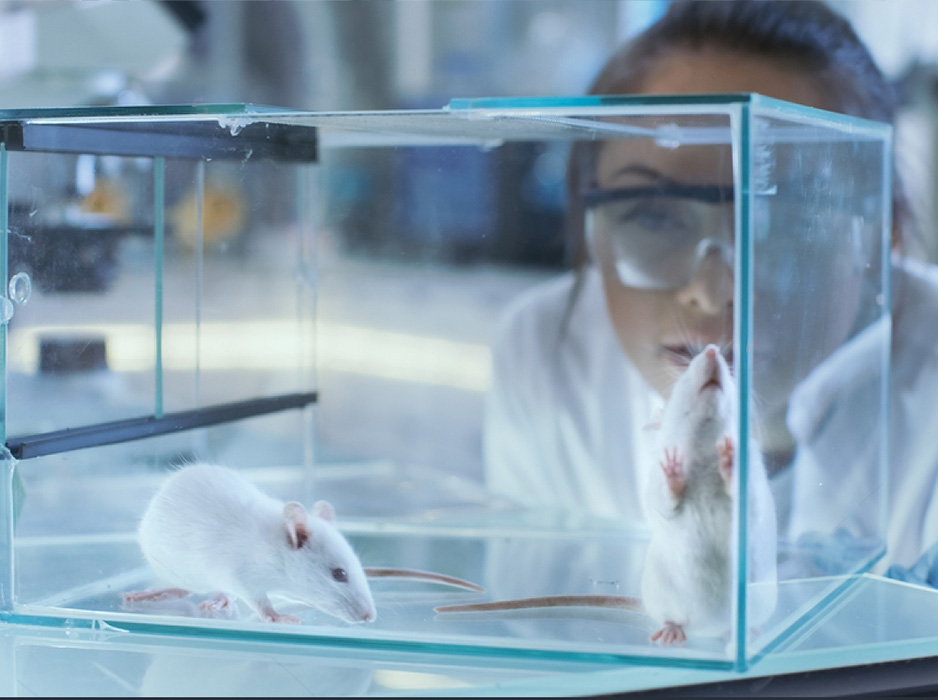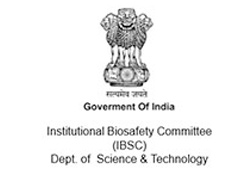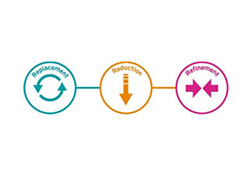TheraIndx Patient-Derived Xenograft- PDX Models
Patient-Derived Xenograft (PDX) models have emerged as powerful tools in cancer drug discovery, offering researchers a unique opportunity to study the biology of individual patient tumors and tailor treatment strategies accordingly. By directly transplanting patient-derived tumor tissues into immunodeficient animals, PDX mouse models provide a bridge between the clinic and the laboratory, enabling personalized medicine approaches and accelerating the development of effective cancer therapies.
Contact Us




